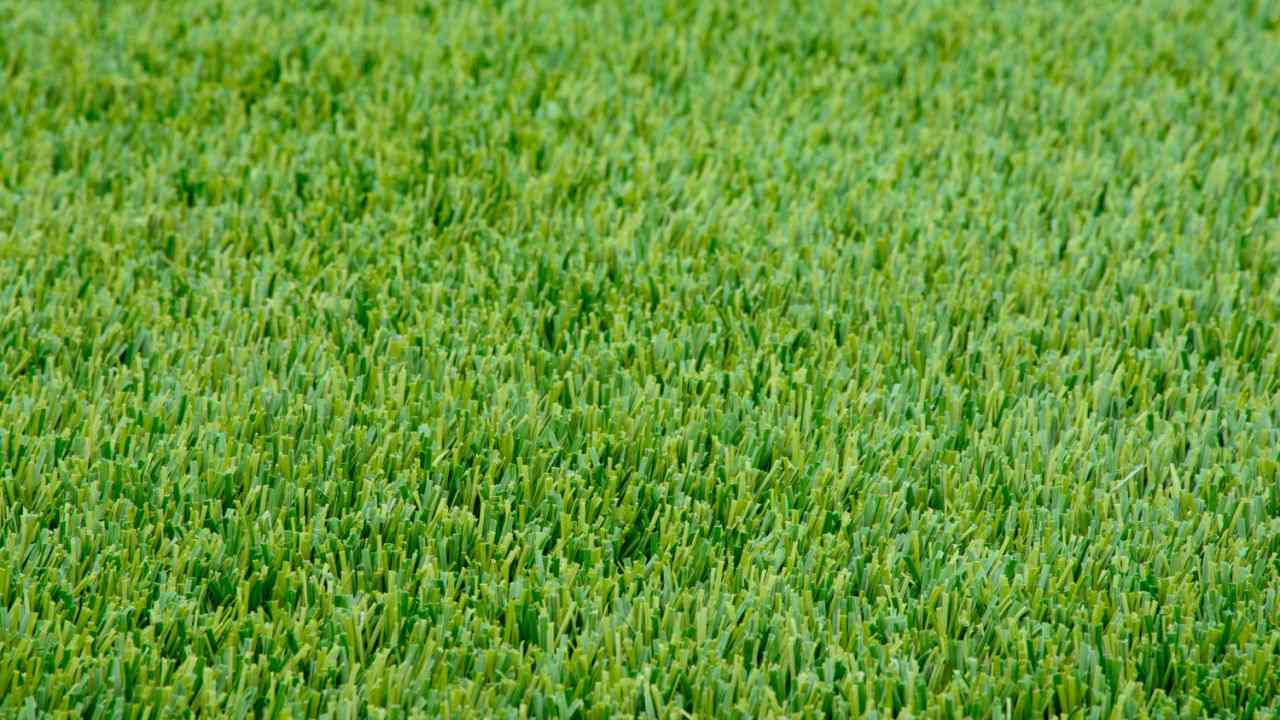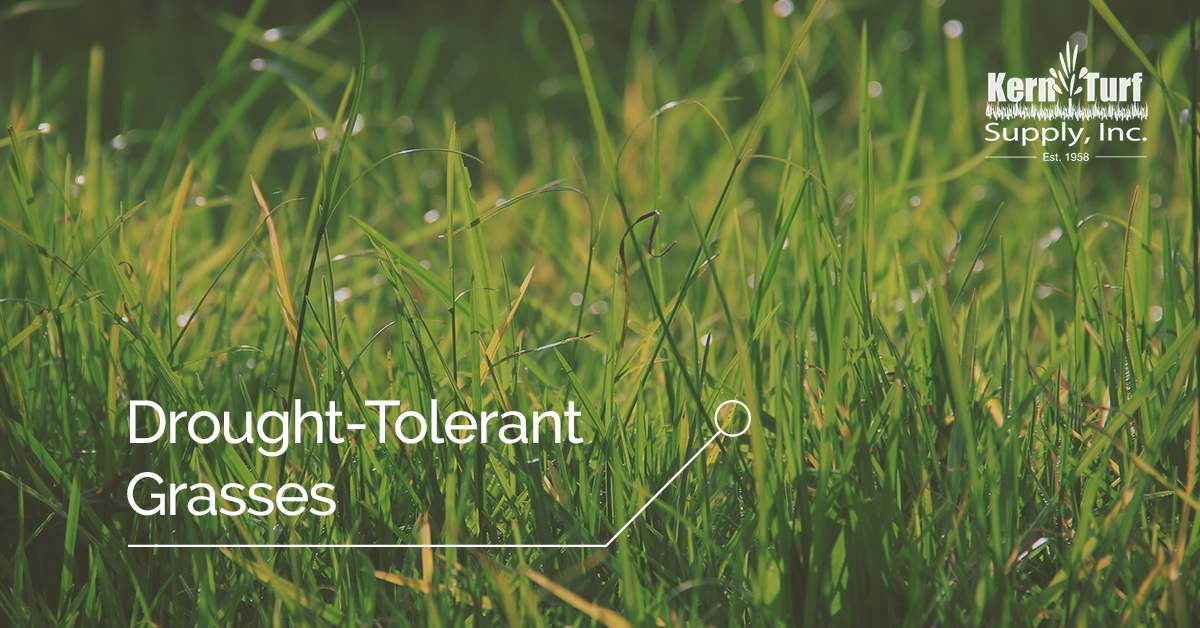In an era where climate resilience is more crucial than ever, selecting the right kind of grass for your landscape can make a significant difference. Whether you’re landscaping in Texas or any other region prone to dry spells, the quest for the best grasses for a drought-resistant landscape is on the rise. This article delves into various grass types that not only thrive in drought conditions but also add aesthetic value to your garden. We’ll explore what is the best grass for drought conditions, identify the best drought-resistant grass seed, and even touch upon the best drought-tolerant plants for a comprehensive approach.
Understanding Drought-Resistant Grasses
Before we list the best grass types, it’s essential to understand what makes a grass drought-resistant. These grasses have adapted to survive in low-water conditions, typically through deep root systems and a slower growth rate. This adaptation not only conserves water but also reduces the need for frequent mowing, making them an eco-friendly and low-maintenance option for your lawn.
Bermuda Grass: A Robust Choice

- Ideal for: Warm climates
- Characteristics: Deep roots, heat tolerance
- Why it’s great: Bermuda grass is a popular choice for warm areas like Texas. Its deep root system makes it one of the best grasses for a drought-resistant landscape, especially in southern states.
Buffalo Grass: The Native Choice

- Ideal for North America, particularly the Great Plains
- Characteristics: Low maintenance, native species
- Why it’s great: Buffalo grass is native to North America, making it naturally suited for the local climate. It’s a top contender for the best drought-resistant grass seed due to its minimal water requirements.
Zoysia Grass: The Versatile Performer

- Ideal for: Transition zones
- Characteristics: Dense turf, shade tolerance
- Why it’s great: Zoysia grass offers a dense turf that can withstand a variety of climates. It’s a versatile option when considering what is the best grass for drought conditions.
Tall Fescue: The Cool-Season Star

- Ideal for: Cooler climates, shade
- Characteristics: Deep roots, shade tolerance
- Why it’s great: For cooler regions, Tall Fescue is an excellent choice. Its deep roots and shade tolerance make it a unique option for drought resistance.
Ryegrass: The Quick Fix

- Ideal for Temporary solutions or overseeding
- Characteristics: Fast germination, vibrant green color
- Why it’s great: Ryegrass is not inherently drought-resistant but is often used for overseeding drought-resistant species, providing a quick green cover while the primary grass is established.
Ornamental Grasses: Adding Beauty

- Best options: Blue Fescue, Maiden Grass
- Characteristics: Aesthetic appeal, low water requirement
- Why they’re great: For those interested in the best drought-resistant ornamental grass, species like Blue Fescue and Maiden Grass offer both beauty and resilience.
The Best Grass for Texas

Given its unique climate, the best grass for Texas might differ slightly from other regions. Bermuda and Zoysia grasses are excellent choices due to their heat tolerance and ability to thrive in the Texan climate.
Supplementing with Drought Tolerant Plants

In addition to choosing the right grass, incorporating the best drought-tolerant plants into your landscape design can enhance your garden’s resilience. Plants like Lavender, Sage, and Agave not only require minimal water but also add variety and color to your garden.
Sustainable Landscaping Practices

Beyond choosing the right grass, sustainable landscaping practices play a crucial role in maintaining a drought-resistant landscape. Here are some tips to enhance the resilience of your lawn:
Efficient Watering Techniques
- Deep Watering: Encourages deep root growth, making grass more drought-tolerant.
- Timing: Water early in the morning to reduce evaporation.
- Drip Irrigation: More efficient than sprinklers, reducing water waste.
Soil Health
- Organic Matter: Adding compost improves soil structure and water retention.
- Proper pH Balance: Ensuring the right pH balance in your soil can significantly affect grass health and drought resistance.
Mulching and Ground Covers
- Mulch: Reduces water evaporation from the soil.
- Ground Covers: Plants like creeping thyme can be a great alternative to grass in certain areas, offering beauty and drought resistance.
Regular Maintenance
- Mowing Height: Keeping grass at an optimal height can reduce water stress.
- Aeration: Helps water to penetrate the soil and reach the grassroots.
Native Plant Integration
- Local Flora: Incorporating native plants can reduce water needs and support local wildlife.
The Future of Drought-Resistant Landscaping
As climate change continues to challenge traditional gardening and landscaping practices, the shift towards drought-resistant landscapes is becoming more than a trend – it’s a necessity. Innovations in landscaping, such as the development of new drought-resistant grass varieties and sustainable gardening techniques, are shaping the future of our outdoor spaces.
Embracing Technology
- Smart Irrigation Systems: Utilize weather data to optimize watering schedules.
- Soil Moisture Sensors: Ensure watering only when necessary.
Community and Education
- Workshops and Resources: Many local gardening centers and online platforms offer resources on sustainable landscaping.
- Community Initiatives: Participating in community gardening initiatives can promote knowledge sharing and a broader adoption of drought-resistant practices.
Leveraging Community Knowledge and Expertise
- Local Experts and Extension Services
- Consultation: Engaging with local horticulturists or extension services can provide tailored advice for your specific region.
- Native Plants: These experts can recommend native plants and grasses that are best suited for your local ecosystem.
- Community Gardens and Forums
- Learning and Sharing: Participating in community gardens or online forums can offer valuable insights and tips from fellow gardeners.
- Workshops: Many community gardens host workshops on sustainable practices, including drought-resistant landscaping.
The Role of Drought-Resistant Landscaping in Environmental Conservation
- Water Conservation
- Impact: Using drought-resistant grasses and plants significantly reduces water usage, crucial in regions facing water scarcity.
- Broader Implications: Every gallon of water saved contributes to the overall health of our water ecosystems.
- Biodiversity and Habitat Creation
- Supporting Wildlife: Drought-resistant landscapes, especially those with native plants, provide habitats for local wildlife.
- Ecosystem Services: These landscapes contribute to biodiversity, which is vital for a healthy ecosystem.
Future Trends in Drought-Resistant Landscaping
- Genetic Advances in Plant Breeding
- Drought-Resistant Varieties: Continued research in plant genetics may lead to even more efficient drought-resistant grasses and plants.
- Climate Adaptation: These advancements will help landscapes adapt to changing climatic conditions.
- Landscape Design Innovations
- Sustainable Designs: Incorporating features like rain gardens and permeable pavements can further enhance the sustainability of landscapes.
- Aesthetic and Functional Harmony: Future designs will likely balance ecological benefits with visual appeal, creating spaces that are both functional and beautiful.
Tips for Getting Started
- Start Small
- Gradual Transition: Begin by converting a small section of your lawn to drought-resistant grass or plants.
- Observe and Learn: Use this as a learning experience to understand what works best in your environment.
- Plan for the Long Term
- Soil Preparation: Invest time in preparing your soil correctly, as it’s the foundation for any successful garden.
- Consider Seasons: Plan your landscape to be resilient through different seasons.
Conclusion
Creating a drought-resistant landscape is a journey that involves careful selection of grasses, sustainable practices, and a commitment to ongoing learning and adaptation. Whether you’re in Texas or another drought-prone area, the principles of drought-resistant landscaping can help you create a garden that’s not only beautiful but also resilient and eco-friendly. Embrace these concepts, and you’ll contribute to a more sustainable future, one lawn at a time.
Remember, every step towards a drought-resistant landscape is a step towards a more sustainable and environmentally conscious world. Happy gardening.
